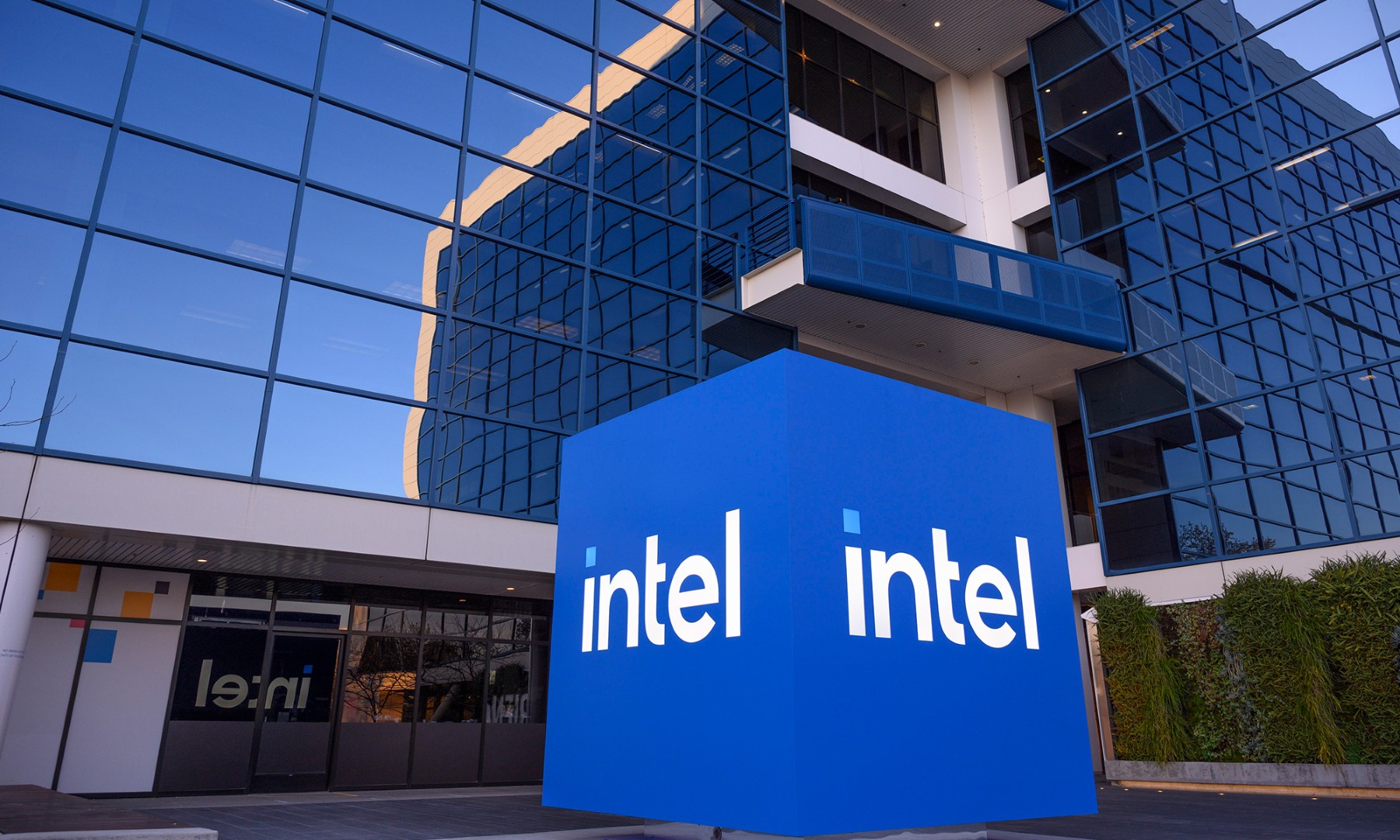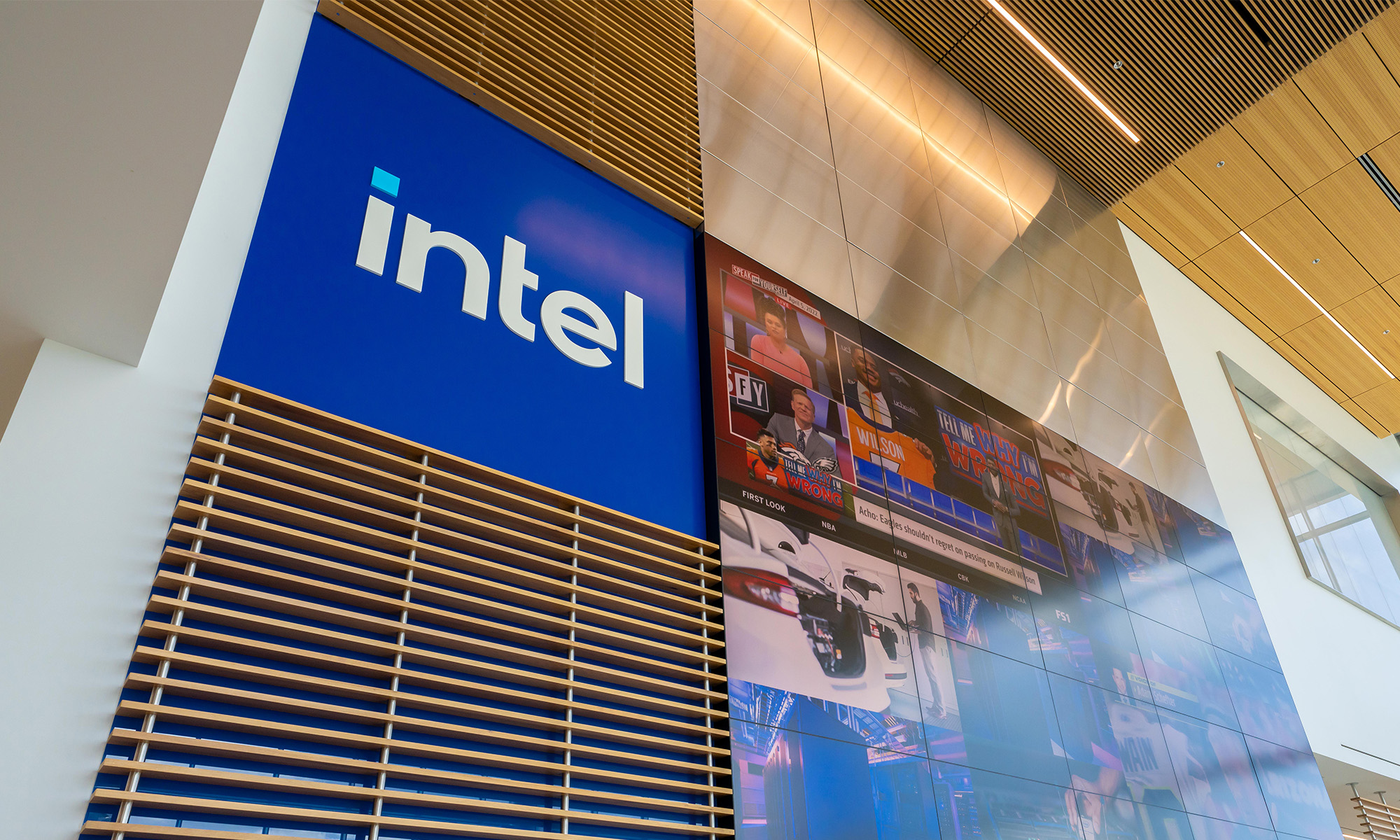It is widely known that Intel (INTC +6.72%) is losing quite a lot of money in its quest to break into the mobile market. In 2014 alone, Intel's mobile business lost about $4.2 billion, a substantially wider loss than the approximately $3.15 billion seen in 2013. However, CFO Stacy Smith said at the company's November 2014 investor meeting that he expects this loss to come down by about $800 million during 2015.
Interestingly enough, Smith believes that in 2016, Intel will see another "big" reduction in the mobile loss although he doesn't expect breakeven. I think that the reduction in the mobile loss in going from 2015 to 2016 will actually be larger than the reduction Intel expects in going from 2014 to 2015.
In 2016, things get much better
In moving from 2014 to 2015, Intel is still selling its Bay Trail parts, which require contra-revenue offsets (although the offset per unit has been reduced with new revisions of the chip). Additionally, while Intel does plan to roll out new products that lower and/or reduce the contra-revenue impacts (Cherry Trail in high-end tablets, SoFIA 3G/LTE in low-end and midrange tablets), these products will probably won't dominate Intel's tablet mix until the second half of 2015.
This means that throughout the first half of 2015, Intel is still feeling the contra-revenue hurt, even if it's less painful than it was in 2014. This impacts revenue and gross profit margins significantly, so once it goes away, both the top and bottom lines for the mobile group should expand.
By the time 2016 rolls around, all of the platforms that require contra-revenue should be gone or on their way out. Not coincidentally, according to Smith at the Intel investor meeting, Intel expects to be at least gross margin breakeven, if not positive, by the first half of 2016. With significantly improved gross profit margins and likely higher revenue, I'd expect the financials in the mobile group to see accelerating improvement.
What's going to drive higher volumes and better margins per unit?
Intel's 2016 mobile story depends on two things: improved margins per unit and higher unit volume. In 2016, Intel's product line should consist of the various SoFIA chips for the low-end and mid-range and Broxton (as well as a 14-nanometer stand-alone modem known as XMM 7460) for the high end. According to Intel, none of these products will require contra-revenue, which means that each chip shipped should actually generate gross margin dollars for the company.
Additionally, I expect that as Intel rolls out these new chips, its competitive positioning (in terms of chip features/performance and cost structure) will be far better than it was in 2014 or 2015. Further, Intel should have products to address a broader range of markets profitably as it rolls out processors for each of the major price/feature tiers of the mobile market.
I'm expecting a $1 billion (or more) reduction in the mobile loss
For 2016, I'm expecting that Intel will see a reduction in its mobile losses of at least $1 billion. Now, from a stock perspective, this would actually be quite interesting. At its last investor meeting, the company guided to a "mid-single digit" revenue growth for 2015 from 2014 levels, $20 billion in operating expenses, and 62% in gross profit margins. This works out to operating income of about $16.39 billion.
If Intel were to see the rest of its businesses stay flat to 2015 levels in 2016, then a $1 billion reduction in the mobile loss would drive operating income up by 6%. However, given that Intel's data center group is expected to grow at an approximately 15% compounded annual growth rate through 2018, and given the growth in other areas like the Internet of Things Group, the operating profit growth is likely to be even greater assuming PC sales are flat to slightly up.
Now, if PC sales decline in going from 2015 to 2016, then that could mute the impact of narrowing mobile losses and continued growth in the datacenter and other segments. That, I believe, is still the biggest risk to the bull case for Intel.







